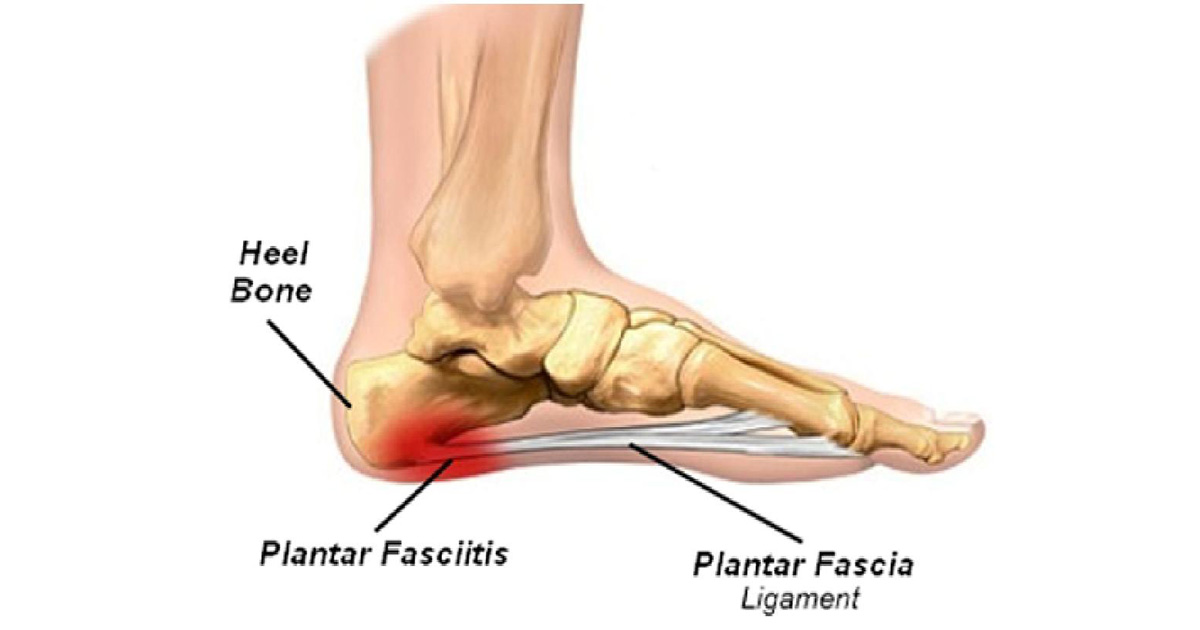As a Pedorthic clinic as well as a destination store for comfortable footwear, orthopedic shoes and high-end running footwear we see all kind of foot pain at Soles in Motion. Lately, though it seems we’re seeing one problem more and more, and that is plantar fasciitis.
Plantar fasciitis is an overuse/repetitive strain type injury, and typically presents as heel pain, often particularly acute first thing in the morning, or when getting up after being at rest. Pain typically diminishes with a few minutes of walking but may come back with extended weight bearing. Pain may also exist in the arch of the foot.
The plantar fascia is a band of connective tissue that connects the heel to the toes, and it supports the arch of the foot. Plantar fasciitis is the inflammation of that tissue and is typically brought on by a sudden increase in activity, improper footwear, poor foot biomechanics or some combination of these factors. With the inflammation comes increased strain at the insertion point into the heel bone, and consequently increased heel pain. The increase in pain in the morning or after rest is due to cramping/tightening of the tissue that occurs when weight is taken off the foot.
Given this information, the question becomes why are so many people from so many different walks of life suffering from the same condition? It’s impossible to say for sure, but there are a number of possible explanations. For one, as we become more knowledgeable about the dangers of a sedentary lifestyle more and more people are trying to be more active. In fact, it seems almost everyone has a step counter of some kind these days! While this is undeniably a good thing, it does increase the impact and strain on the feet. The prevalence of hard surfaces in our world (asphalt roads, concrete sidewalks, concrete floors, hardwood, tile, laminate) likely contributes as well. One more option I’ve been considering recently is recent trends in footwear design.
It seems like footwear companies lately have shifted their focus toward making their shoes as soft and as lightweight as possible, often at the expense of proper support. This creates a shoe that out of the box feels fantastic, and you’ll often hear rave reviews like “it feels like there’s nothing on my foot!” However, these shoes are often marketed as “walking shoes” or “running shoes” and when footwear that lacks adequate support is used for physical activity it can often be a recipe for foot pain.
At Soles in Motion our trained footwear staff, as well as our two Certified Pedorthists are happy to discuss treatment options for plantar fasciitis or to discuss ways to avoid the problem in the first place. Drop in or call for an appointment today!



